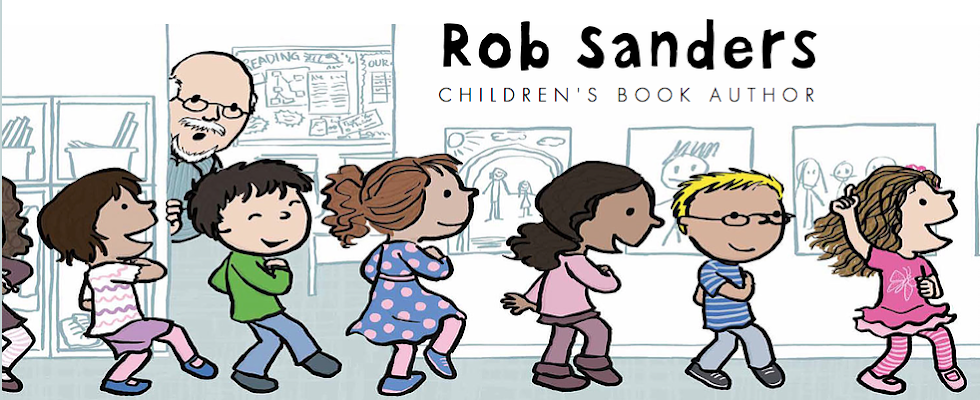Week of August 12, 2012: Stand-out Moments
from SCBWI, LA
Monday, August 13—It’s All About the
Story
SCBWI handed out these bumper stickers before the
pool party in LA,
which was called the Hippie Hop!
Do
you remember a few years ago when politicians would say, “It’s the economy,
stupid,” as a reminder to focus on the major issue of the time? At SCBWI, LA,
this year the saying should have been, “It’s the story, stupid!” (Of course,
everyone would have left stupid out
of the saying.) Why is it that the most logical thing is often the thing we
have to be reminded about? Story. That’s the key.
Arthur
Levine, Vice President and Publisher of Arthur A. Levine Books/Scholastic Inc.,
was the opening keynote speaker and said that our responsibility is to create “books
for the ages” and “characters infused with authentic emotion.” Our end goal,
according to Arthur, is to “capture a moment of intimacy between author and
reader.”
Tim
Ditlow, Associate Publisher of Amazon Children’s Books, said, “It’s the coffee,
not the cup. Don’t get attached to the format, get attached to the story.” Tim
said he always looks for books with good story and doesn’t really even worry
about what age group a book is for. If a story answers the questions “Who am I?” and “Where
am I going?” then Tim is interested.
Rubin
Pfeffer from the East West LiteraryAgency (and my agent) said, “It all depends
on story.” An agent or editor has to love a story they are acquiring. According
to Rubin, some of things that can make story have appeal include:
R Knowing
the audience
R Emotion
R Creatively
rendering the manuscript
R Voice
R Language
(every word matters)
R Something
that can be read again and again
R A
hook (a reason to publish and stock on shelves)
R Compelling
Clare
Vanderpool, author of Moon Over Manifest
and Navigating Early, said we have to
balance craft—the “skills we learn”—with creativity—“the ability to bring to
existence through art.” Then Clare went on to say, “Craft is only as good as how
it impacts your story.” To a writing teacher, that’s a big concept. You can
know all the craft in the world and you can put it into use, but if the story isn’t
there, what’s the point? Clare also said, “The universe is made up of story . .
. Pat attention . . . We all have a need for connection to story.”
A
panel of editors gave more details about what to do and not to do when developing
stories. The panel was made up of Tamar Brazis, Editorial Director, Abrams
Books for Young Readers and Amulet Books; Jordan Brown, Senior Editor, Walden
Pond Press and Balzer + Bray at HarperCollins; Laura Godwin, Vice President and
Publisher of Henry Holt Books for Younger Readers/Macmillian; Elise Howard, Editor
and Publisher, Algonquin Books; Farrin Jacobs, Editorial Director at
HarperCollins Children’s Books; and Neal Porter, Editorial Director of Neal
Porter Books and Roaring Brook Press/Macmillian. Here’s a summary of the panel’s
do’s and don’t’s:
|
Editor
|
Do
|
Don’t
|
|
Neal
|
Do please yourself.
|
Don’t worry about trends.
Don’t publish for “the market.”
|
|
Elise
|
Do finish.
|
Don’t get too much advice.
|
|
Jordan
|
Do know the market because no one will publish
your story if it has already been published.
Do know questions that have not been asked and
answered in stories.
|
|
|
Farrin
|
Do know the market, but write what you want.
|
Don’t ask an editor, “What are you looking for?” rr
“What’s the next trend. Editors want great stories.
|
|
Tamar
|
Do know the market.
Do read.
Do your best
book.
|
Don’t follow trends
|
|
Laura
|
Do be aware of advice, if it’s well-intended. But
no one can know everything about you and your book when they give you advice.
|
|
Always
remember—it’s all about the story!


No comments:
Post a Comment